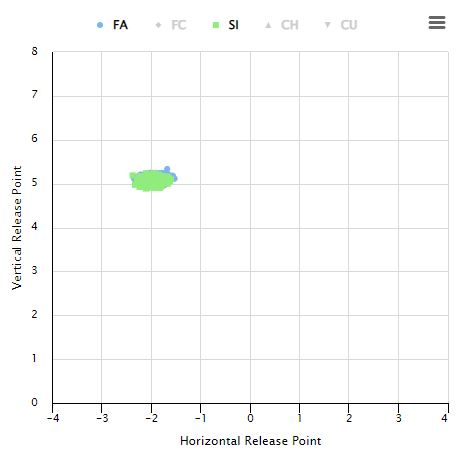Effectively Wild Episode 1800: All of This Has Happened Before

Ben Lindbergh and Meg Rowley lean into the lockout by exploring two antecedents to today’s MLB labor stalemate. First, they banter with Emma Baccellieri of Sports Illustrated about whether the Hall of Fame Vote Tracker has helped or hurt Hall of Fame conversations, then talk to Emma about the Players’ League, a short-lived but groundbreaking 19th-century rival to the National League that was founded by and for players, touching on the origins of the reserve clause, the Players’ League’s rapid rise and fall, where it went wrong, and whether a Players’ League equivalent could be created today (plus Joe Torre’s proto-keto diet and catching fly balls with one’s cap). Lastly (52:32), they bring on Dayn Perry of CBS Sports to talk about the 50th anniversary of MLB’s first work stoppage, exploring what caused the 1972 strike, how the circumstances then mirrored today’s, and how the strike was covered (plus a mustache panic, entrance songs, and other notable events from 50 years ago).
Audio intro: Al Stewart, “A League of Notions”
Audio interstitial: Eleventh Dream Day, “The People’s History”
Audio outro: The Inbreds, “Moustache”
Link to Hall of Fame Vote Tracker
Link to Emma on the Tracker
Link to Buster Olney on the Tracker
Link to Emma on the Players’ League
Link to Emma’s previous pod appearance
Link to Torre’s diet
Link to John Montgomery Ward SABR bio
Link to The Great Baseball Revolt
Link to SI Union thread
Link to story about 1940s Mexican League
Link to Federal League wiki
Link to Continental League wiki
Link to antitrust exemption post
Link to Casali facemask video
Link to EW episode on throwing gloves
Link to Drellich update
Link to Dayn’s 1972 retrospective
Link to The Infinite Inning episode
Link to The Athletic’s fan survey
Link to Rosenthal column
Link to Dayn’s website
![]() iTunes Feed (Please rate and review us!)
iTunes Feed (Please rate and review us!)
![]() Sponsor Us on Patreon
Sponsor Us on Patreon
![]() Facebook Group
Facebook Group
![]() Effectively Wild Wiki
Effectively Wild Wiki
![]() Twitter Account
Twitter Account
![]() Get Our Merch!
Get Our Merch!
![]() Email Us: podcast@fangraphs.com
Email Us: podcast@fangraphs.com
Podcast (effectively-wild): Play in new window | Download
Subscribe: RSS

